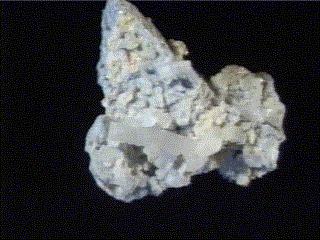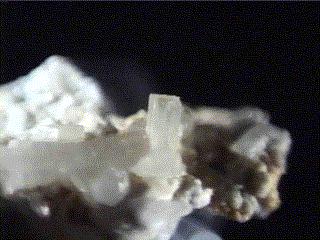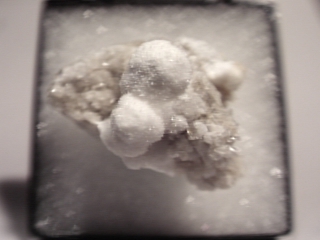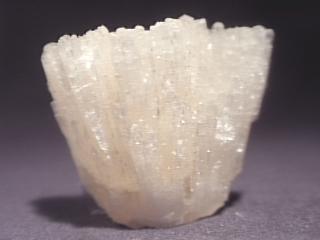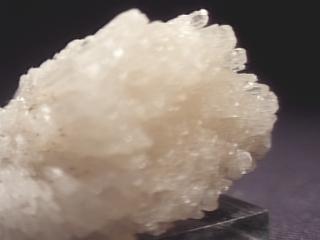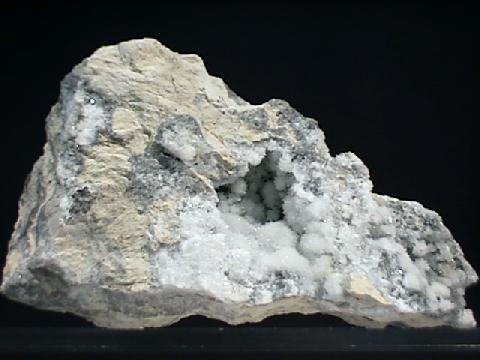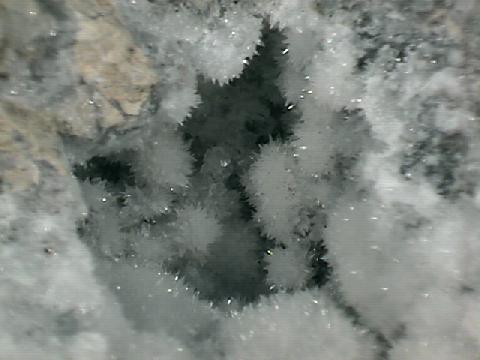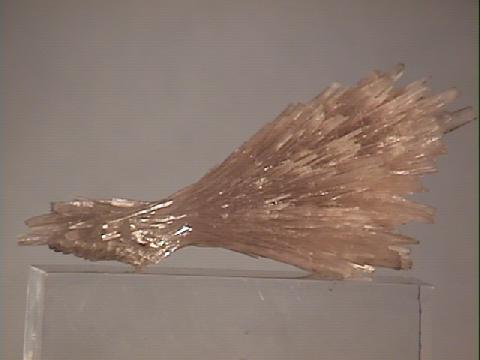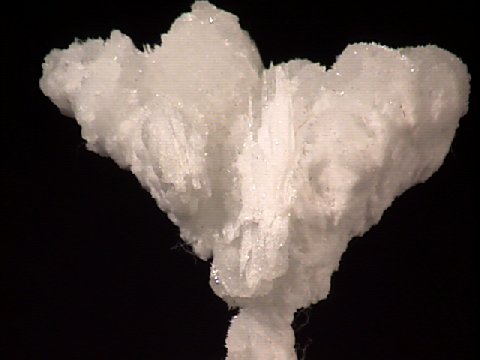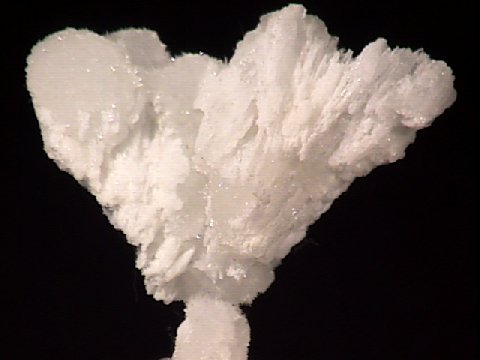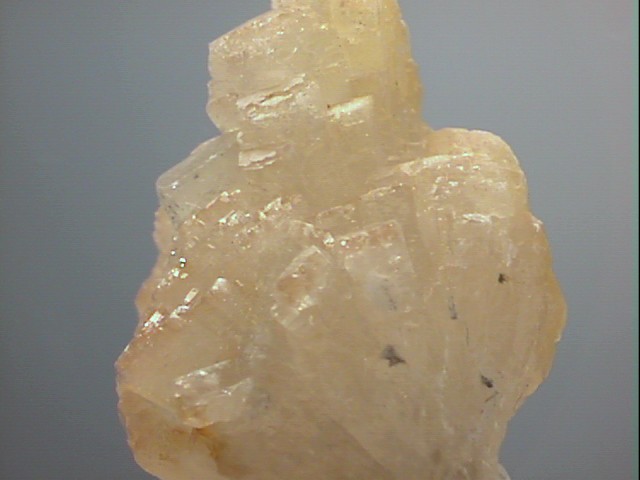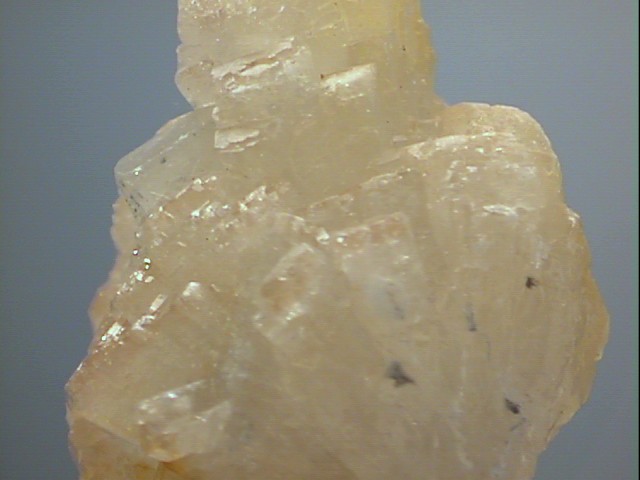 STRONTIANITE
STRONTIANITE
- Chemistry: SrCO3, Strontium Carbonate
- Class: Carbonates
- Group: Aragonite
- Uses: a minor ore of strontium and as mineral specimens.
- Specimens
Strontianite is a rare carbonate mineral and one of only a few strontium minerals.
Crystals are rarer than the massive forms, and so are usually sold as specimens.
Typical specimens have spiky, minute crystals in radiating aggregates or tufts.
However, it also forms pseudohexagonal
twins similar to
aragonite's famous twin.
It was mined for a while in Germany for strontium, an element used as a coloring agent of fireworks and other applications.
PHYSICAL CHARACTERISTICS:
- Color is white, colorless, gray, yellowish or greenish.
- Luster is vitreous to greasy.
- Transparency crystals are transparent to translucent.
- Crystal System is orthorhombic; 2/m 2/m 2/m
- Crystal Habits include compact, granular, concretionary and massive forms.
Crystals are uncommon and are usually pointed and nearly acicular in radiating clusters or tufts.
Also forms a psuedo-hexagonal trilling twin is similar to, but is far rarer than aragonite's famous twin.
- Hardness is 3.5-4
- Specific Gravity is 3.7+ (above average for transparent minerals)
- Cleavage is notable in one direction and poor in another.
- Fracture is subconchoidal to uneven.
- Streak is white.
- Other Characteristics: effervesces in only warm HCl solutions or when powdered in cold HCl.
- Associated Minerals include fluorite,
celestite,
galena,
calcite and
aragonite.
- Notable Occurrences include Strontian, Scotland; San Bernito Co, California and Cave-in-rock, Illinois, USA; Austria and Germany.
- Best Field Indicators are crystal habits, reaction to acid and density.
 STRONTIANITE
STRONTIANITE
